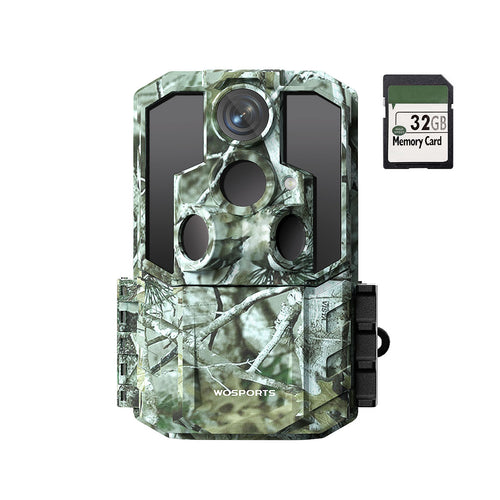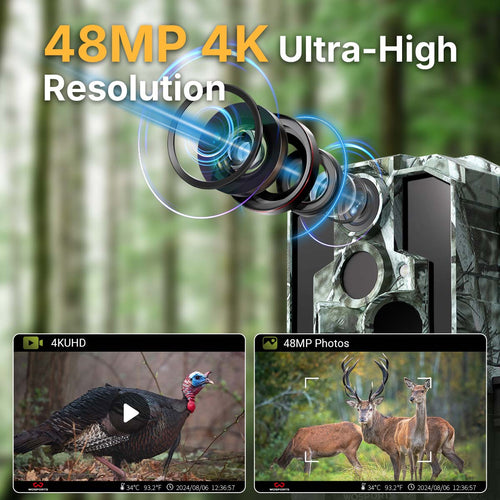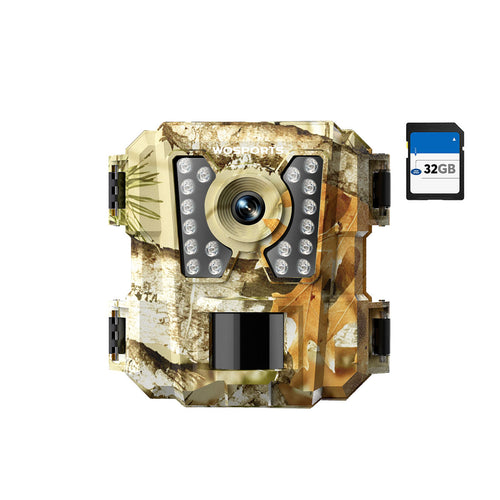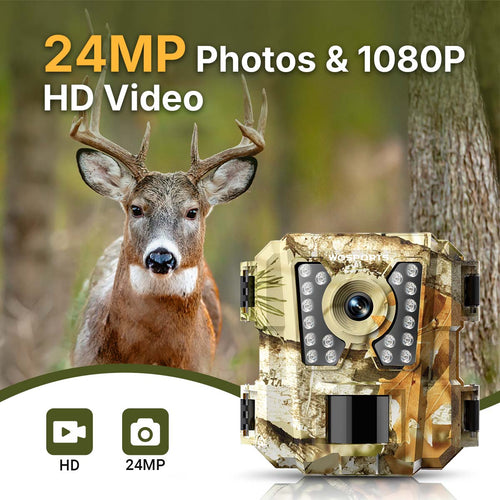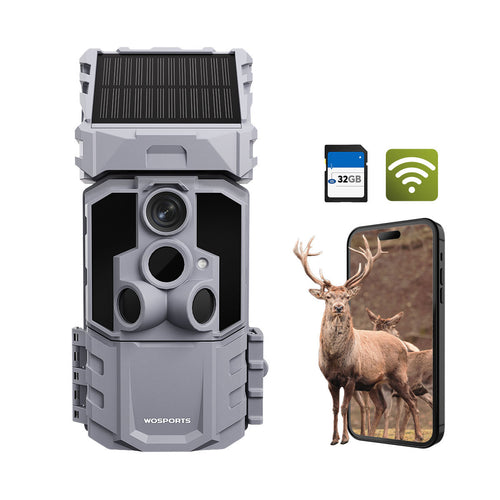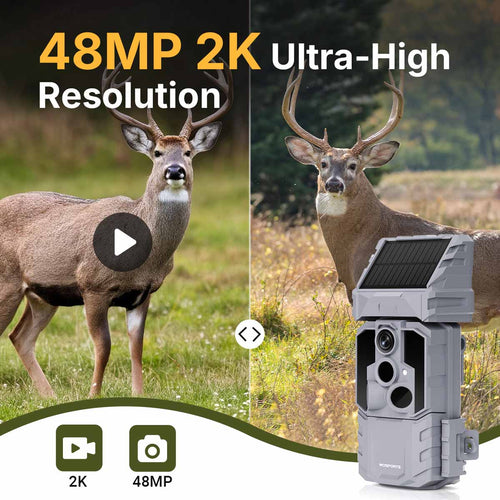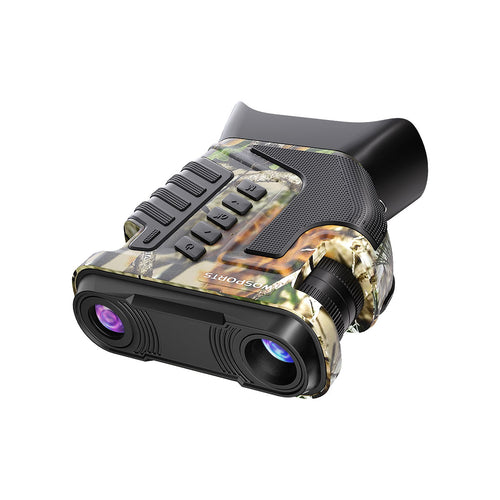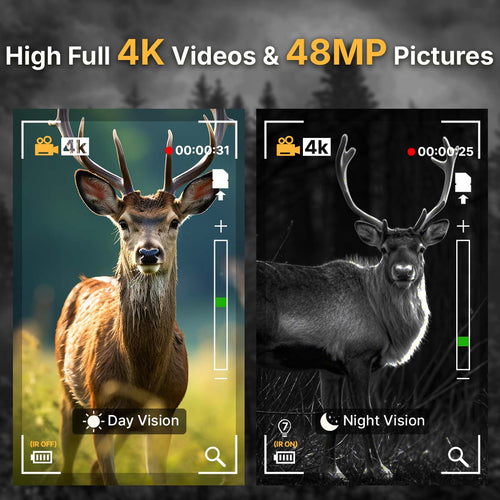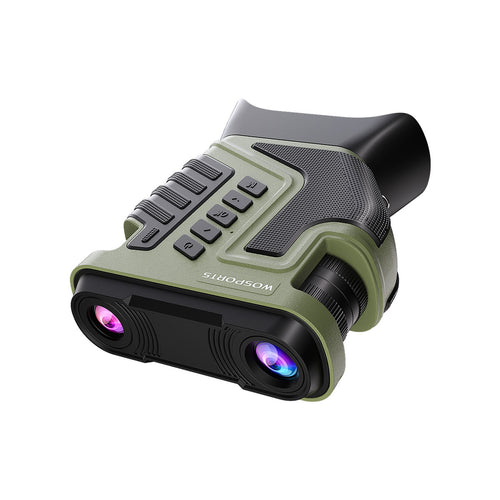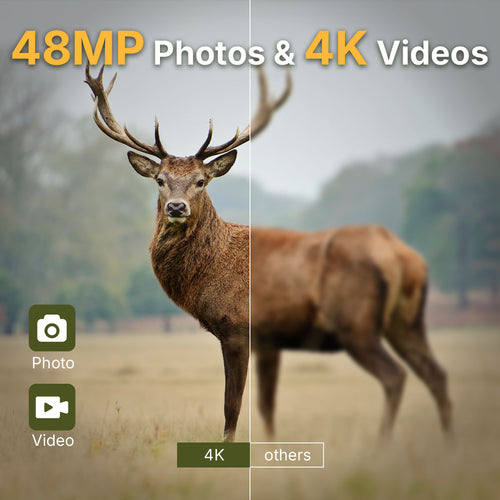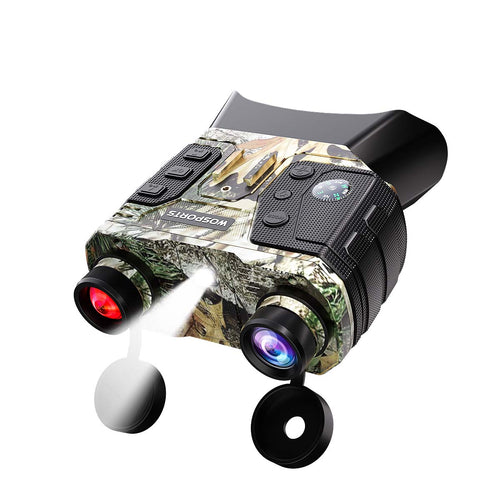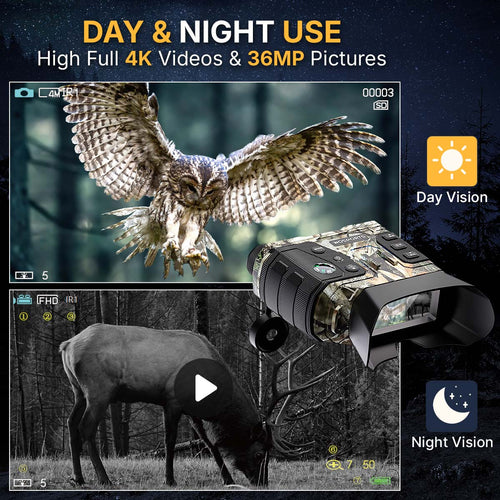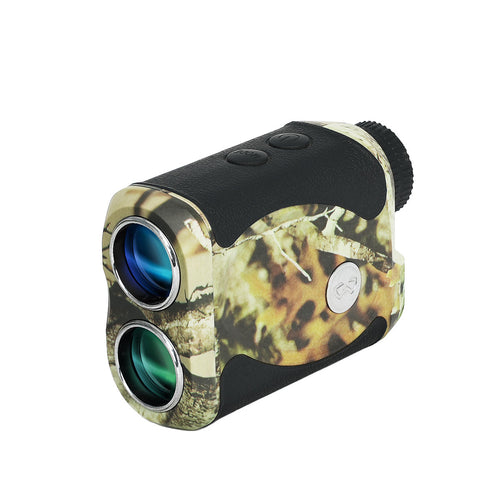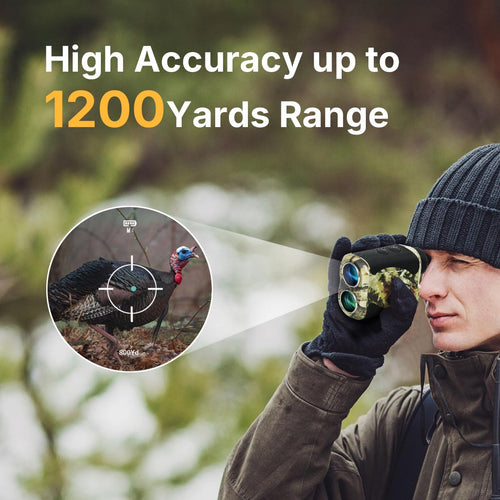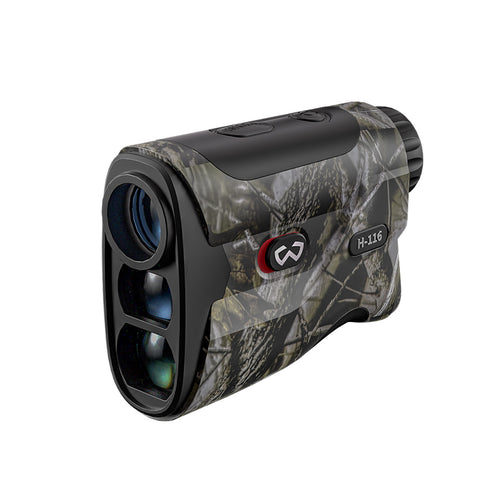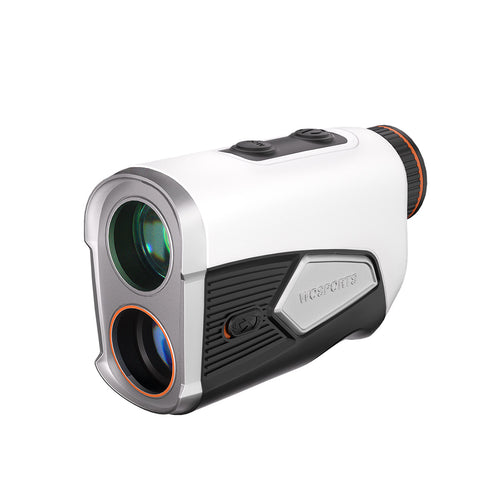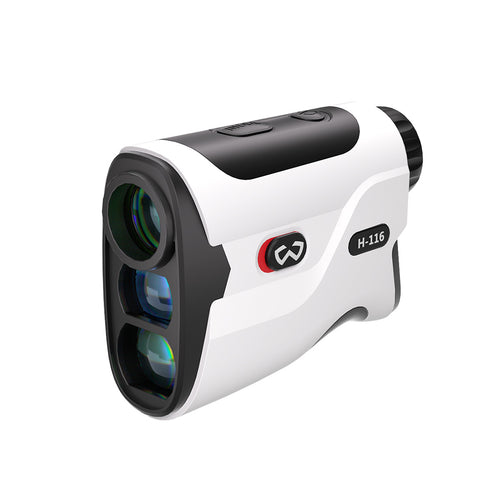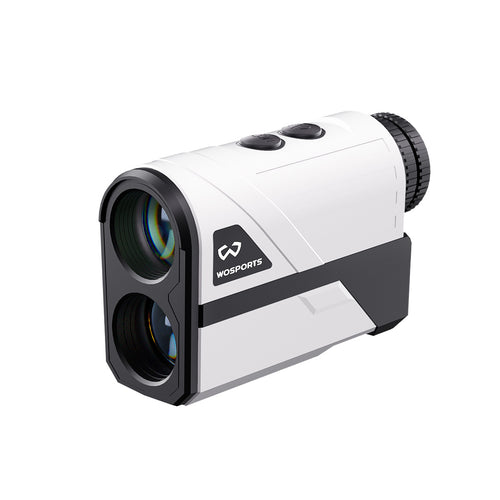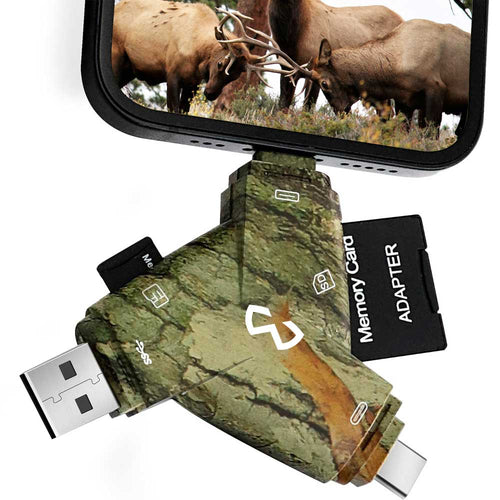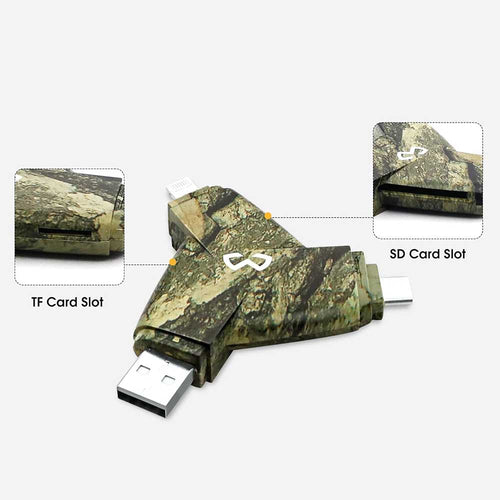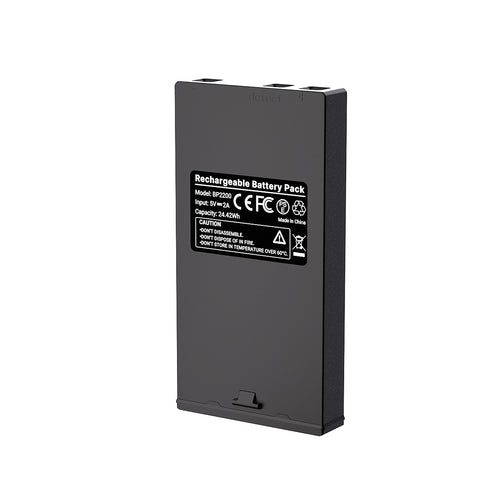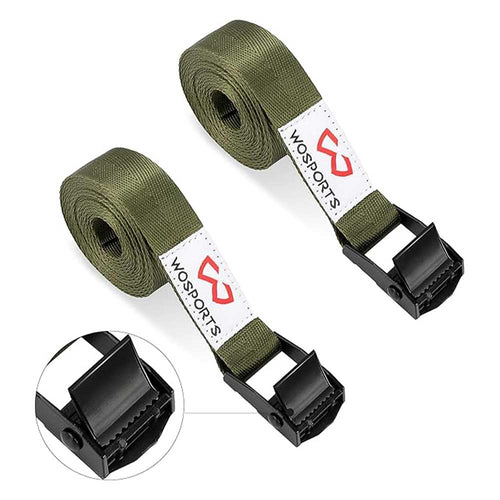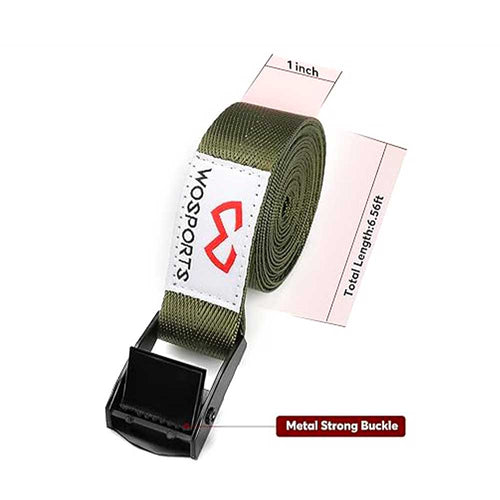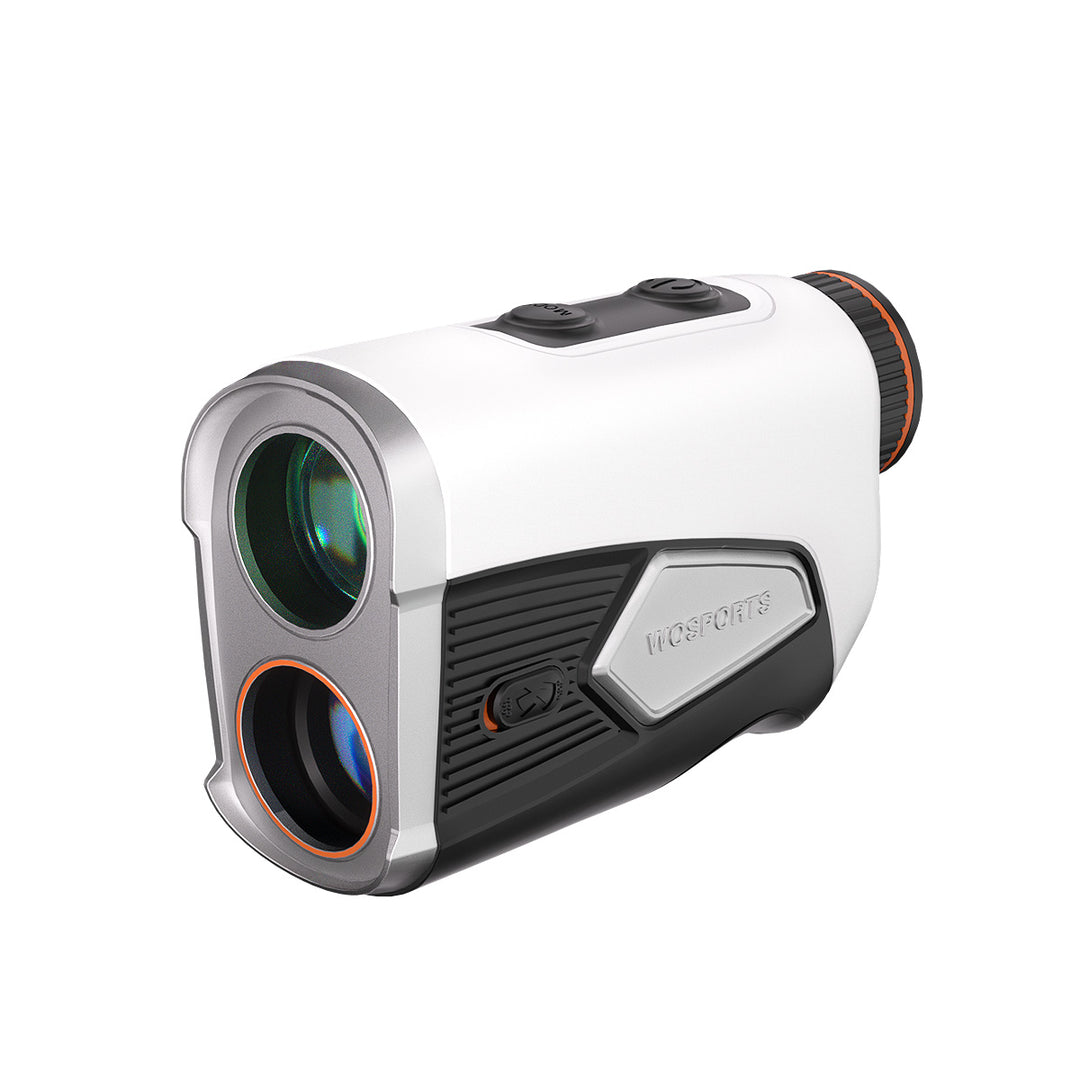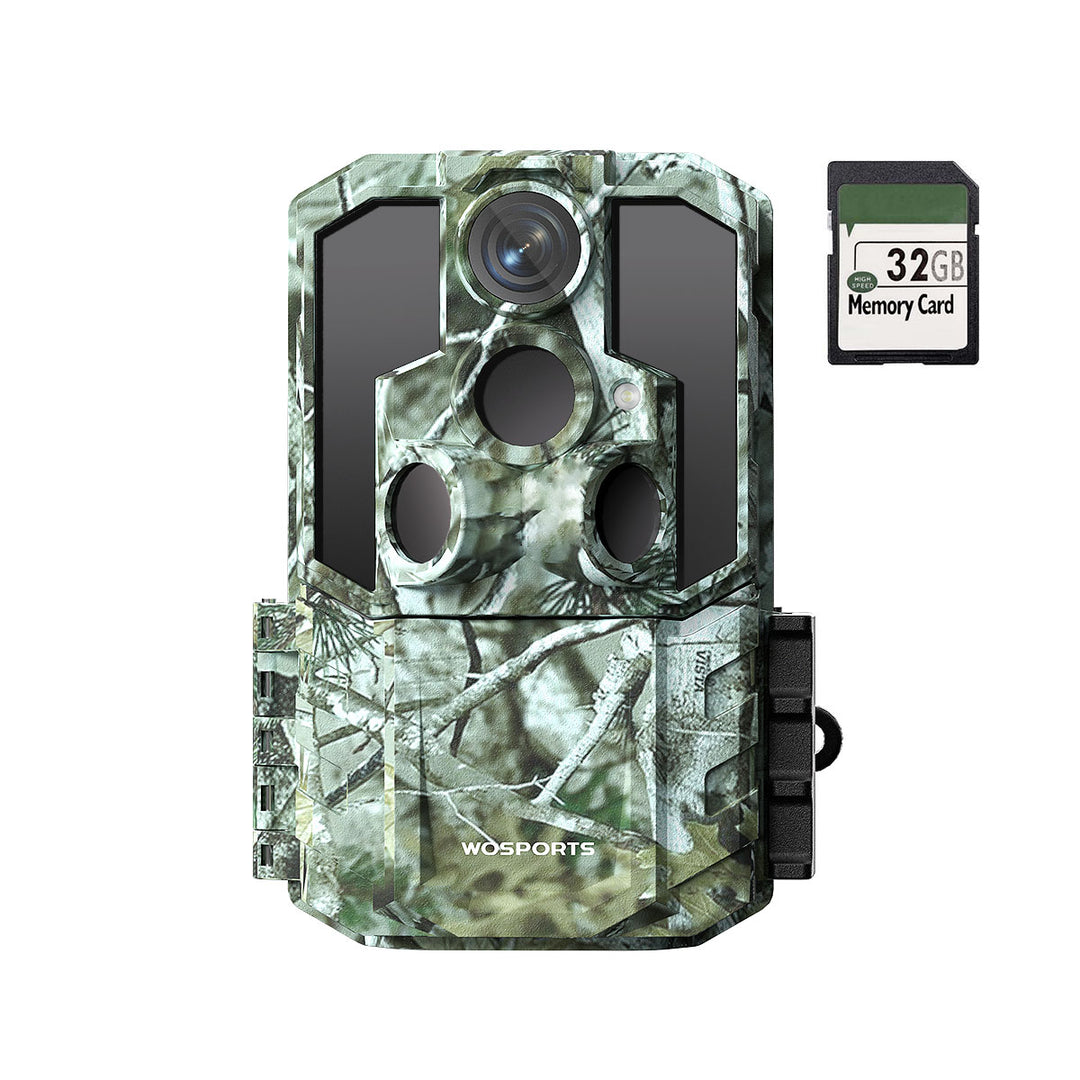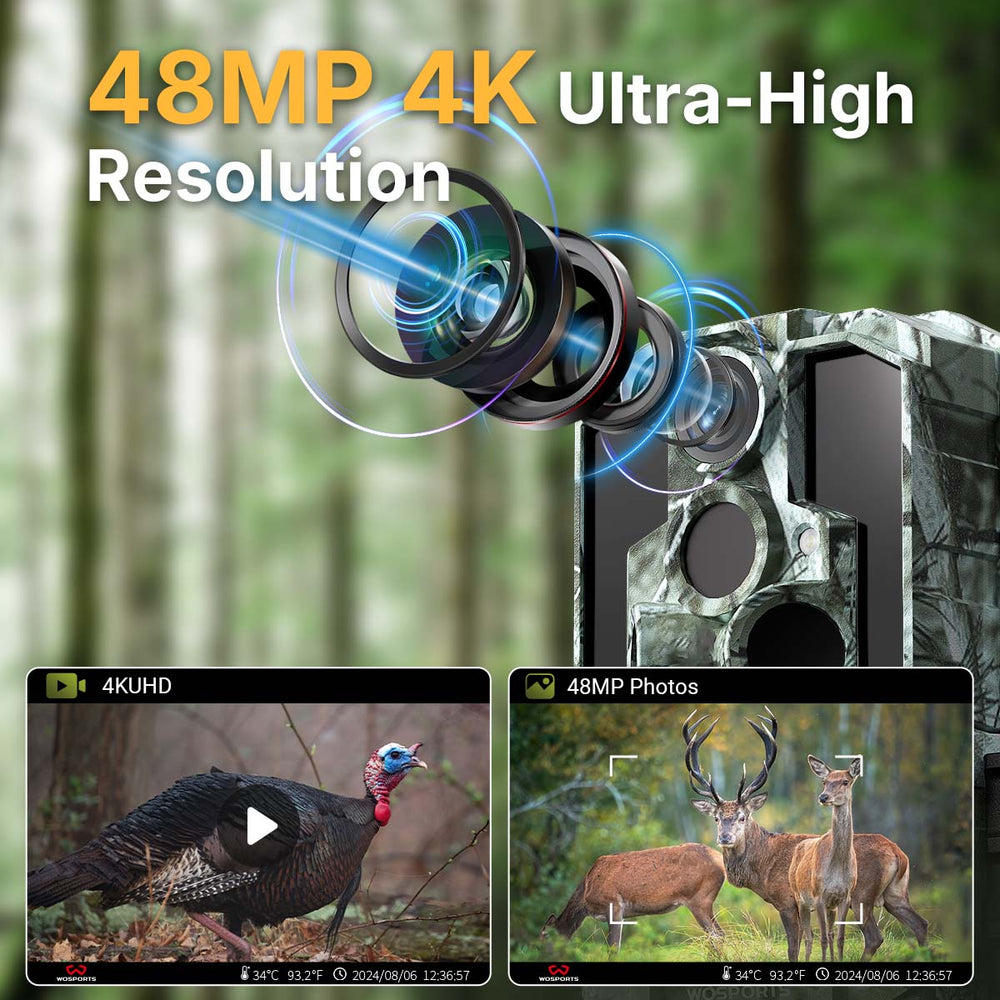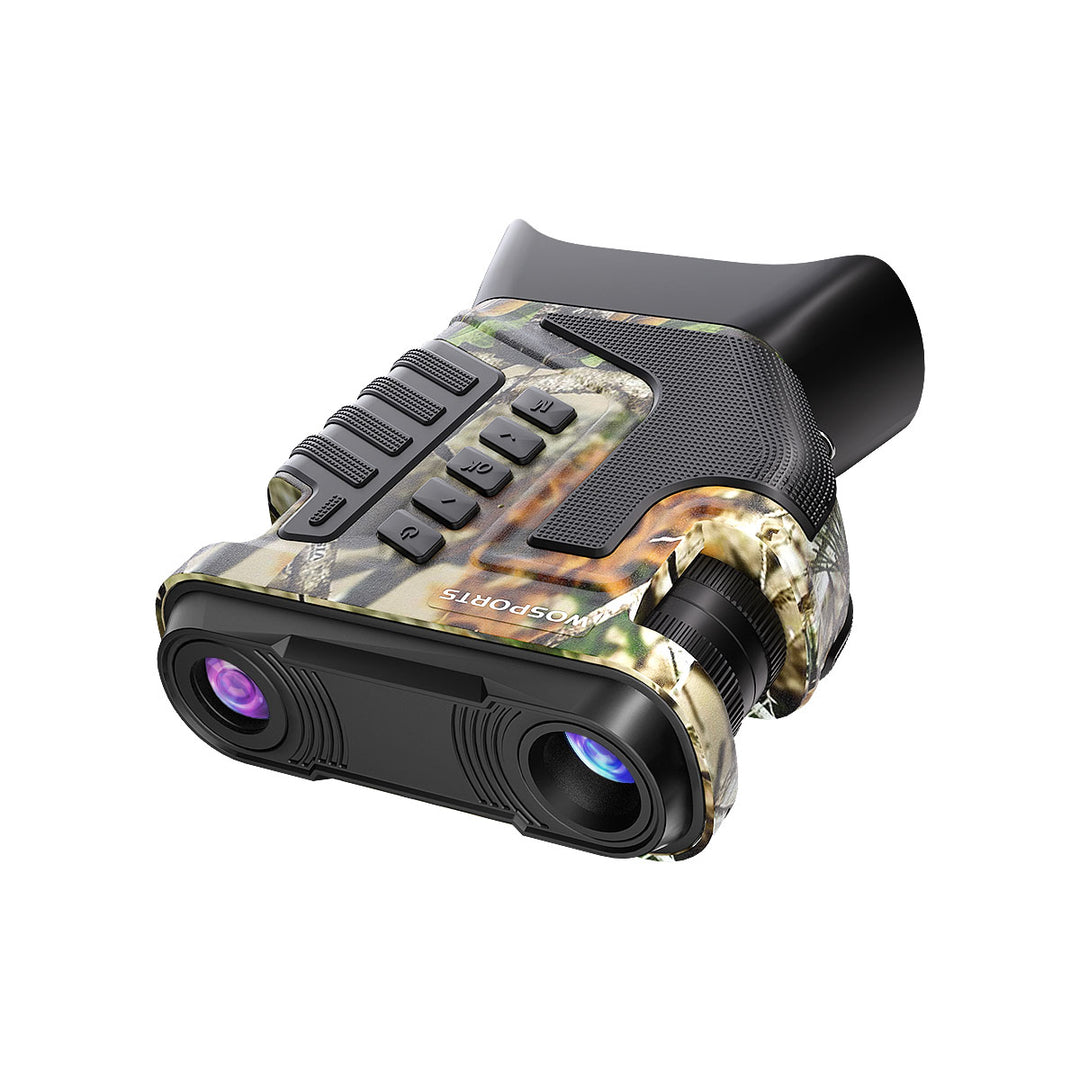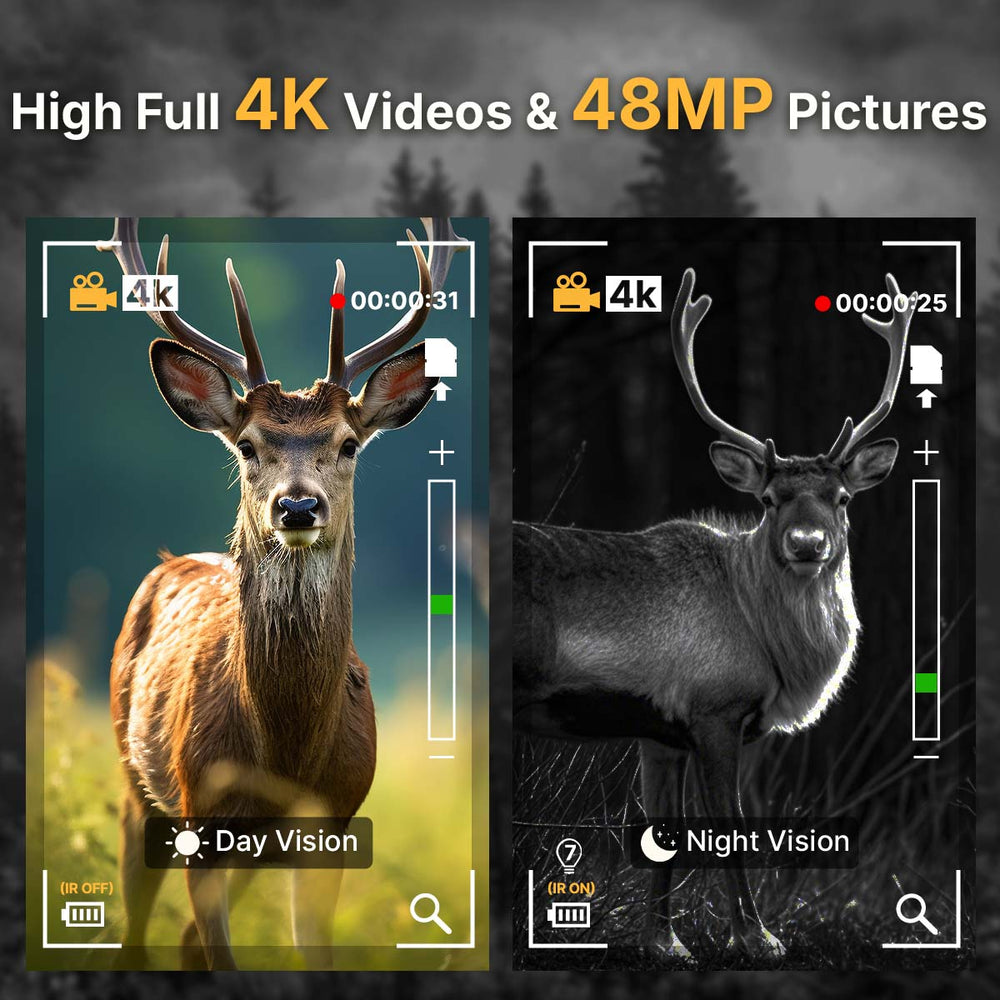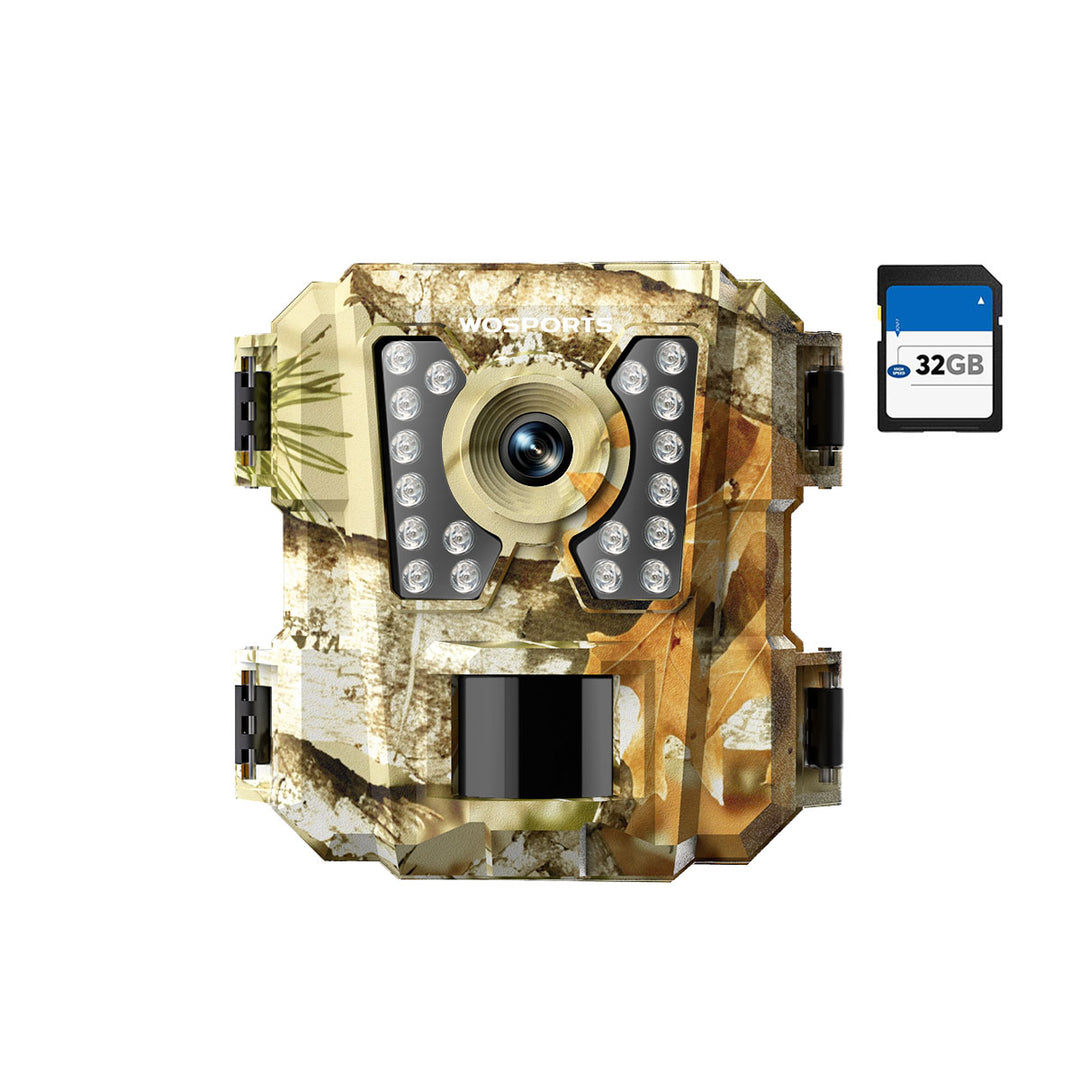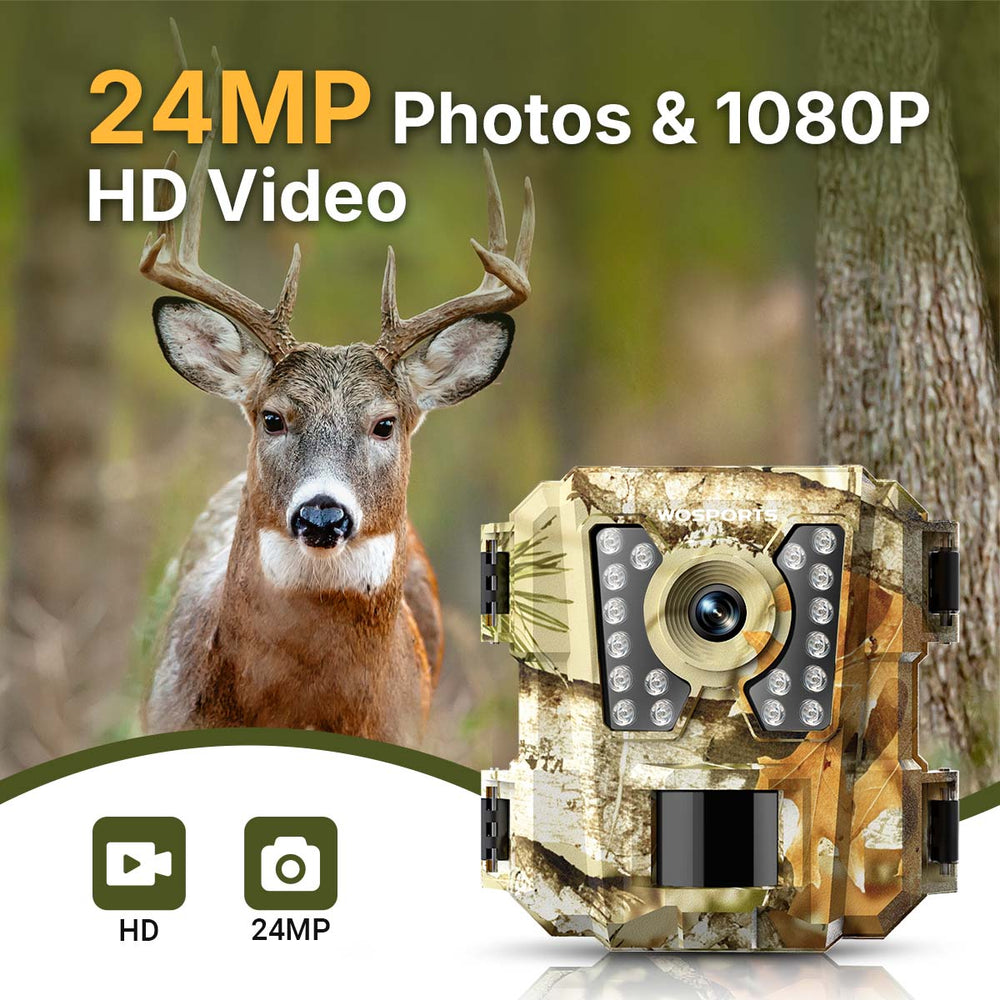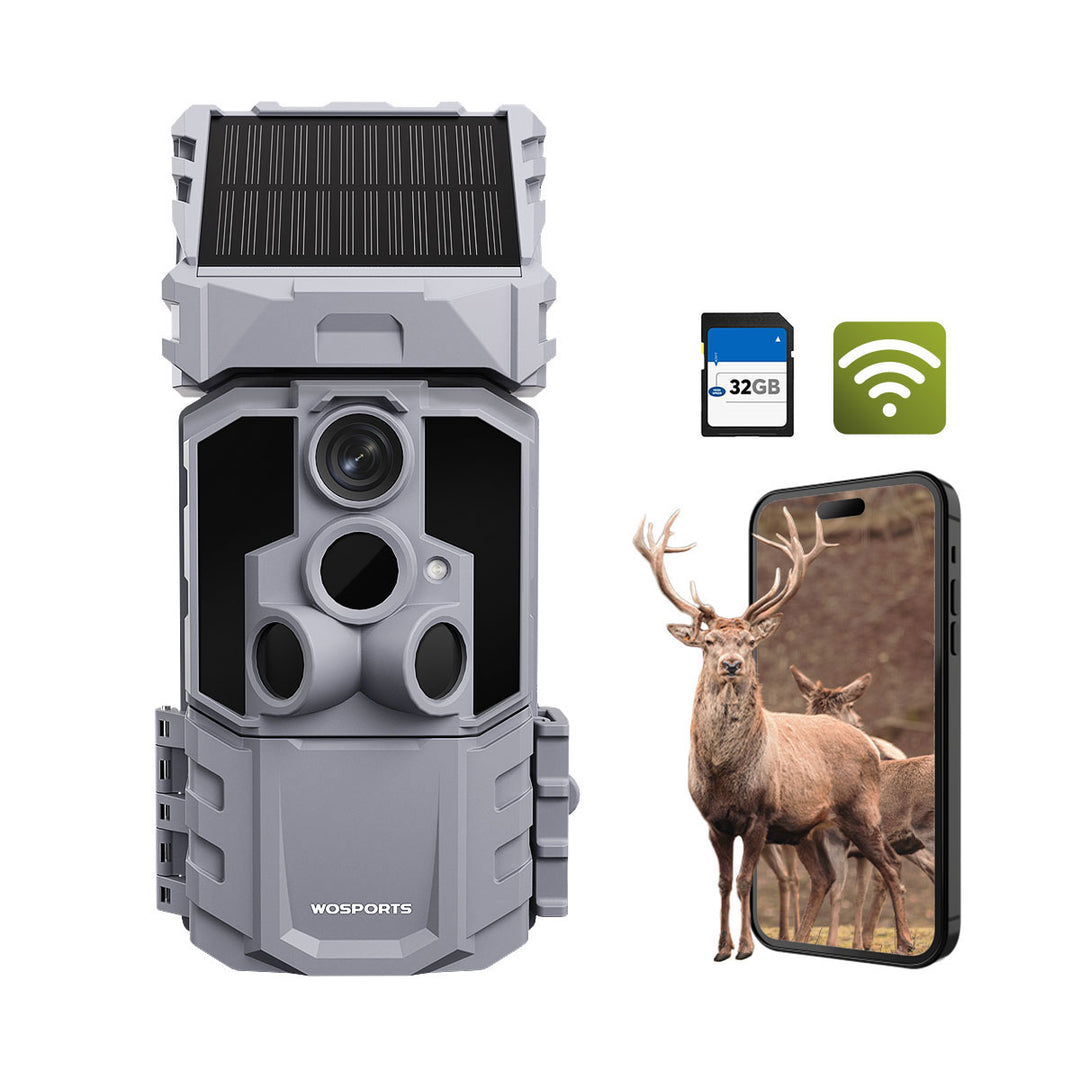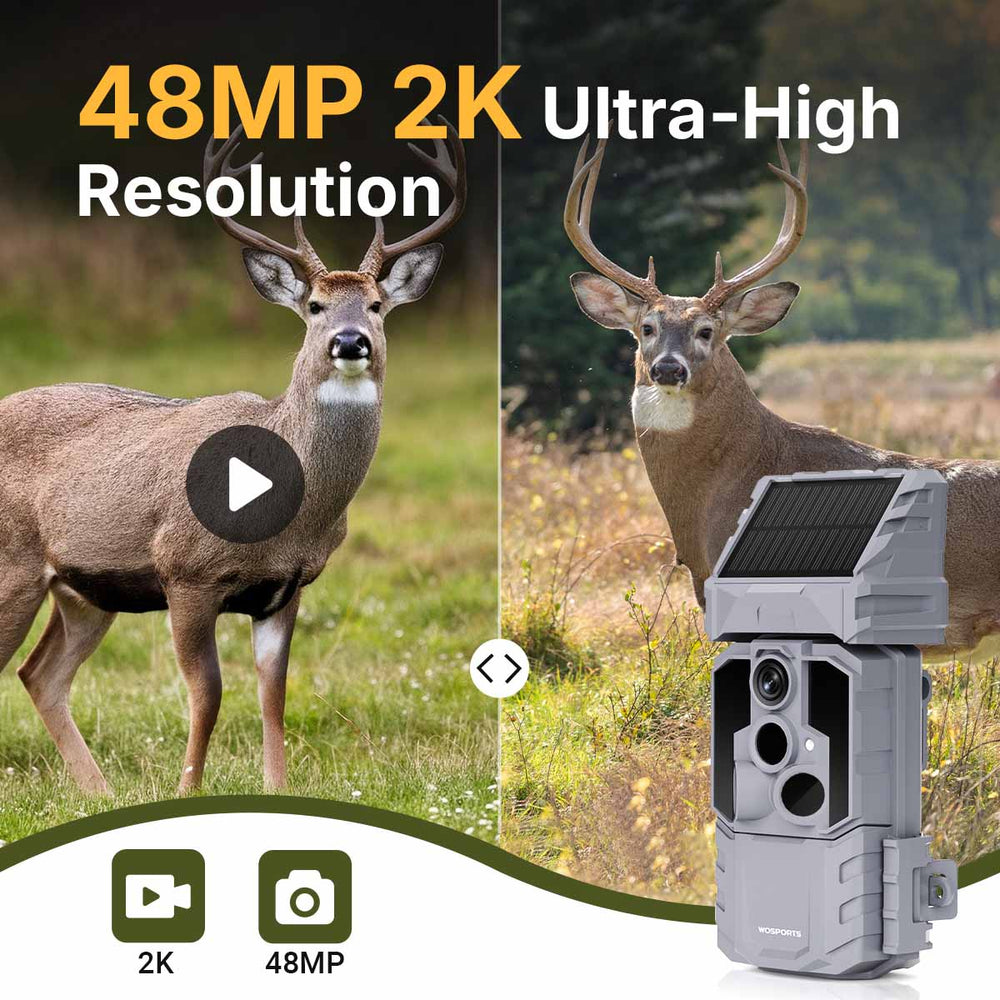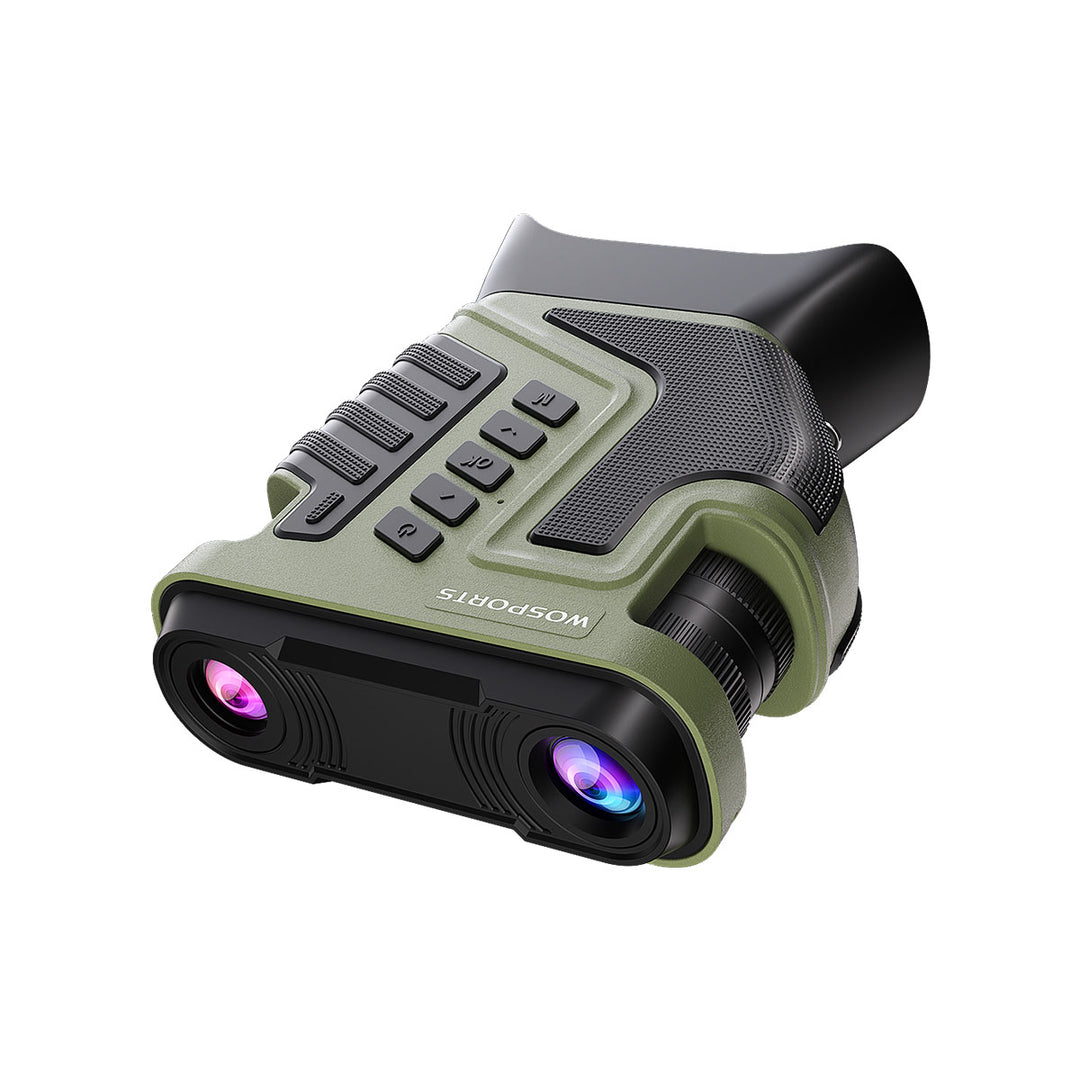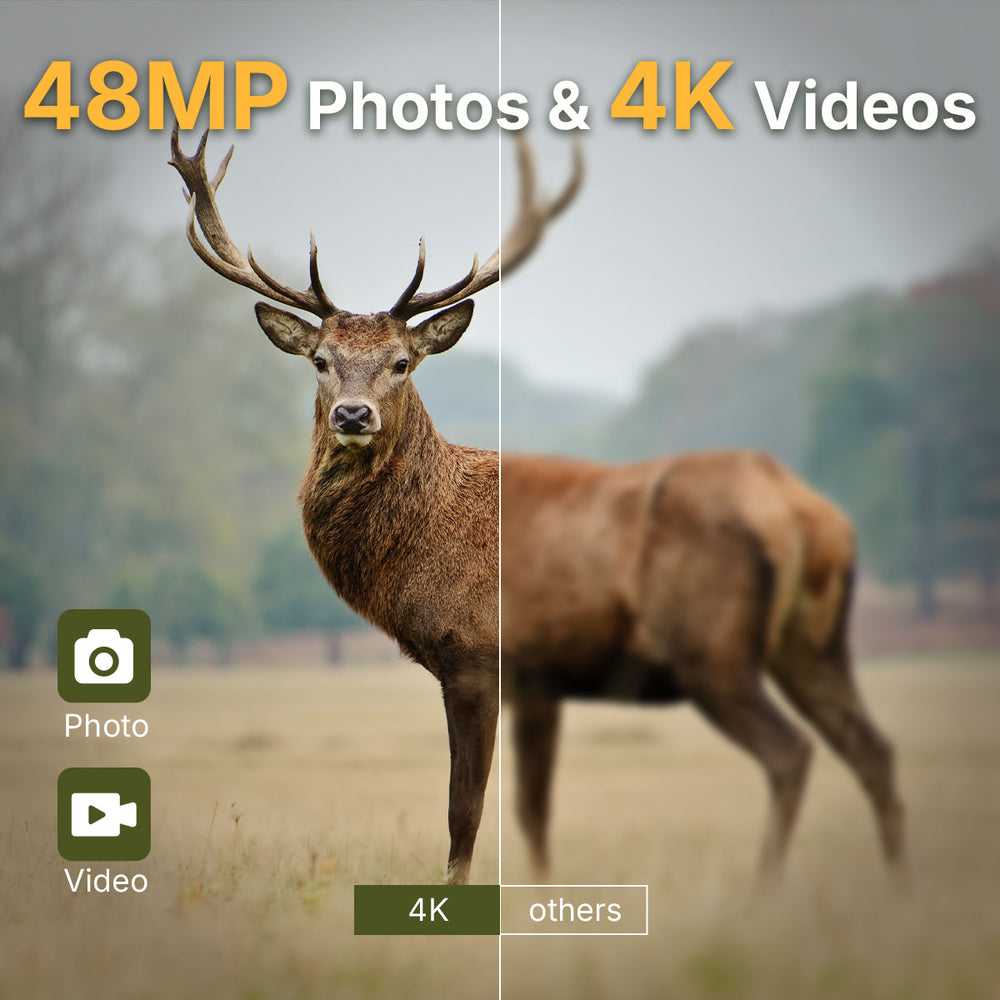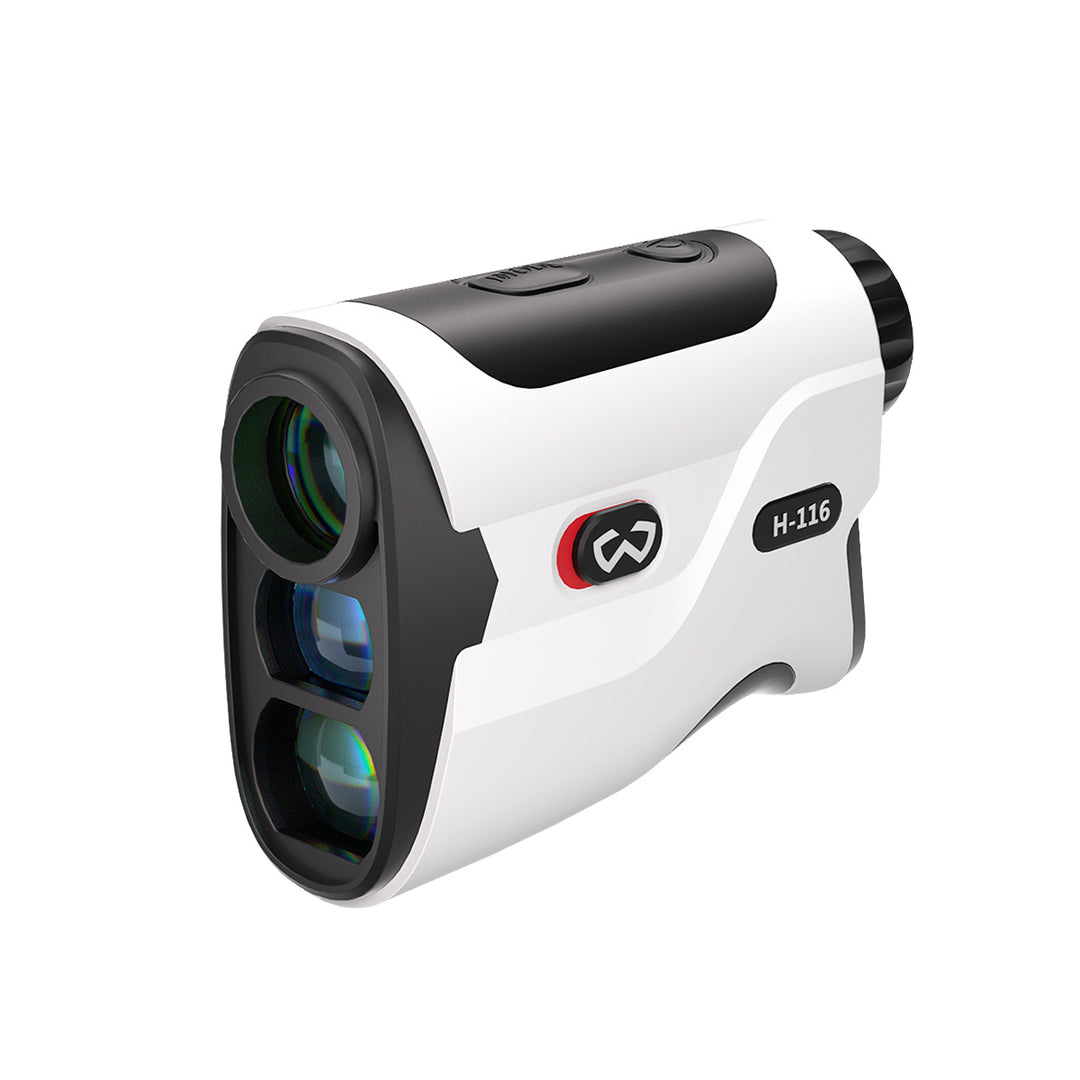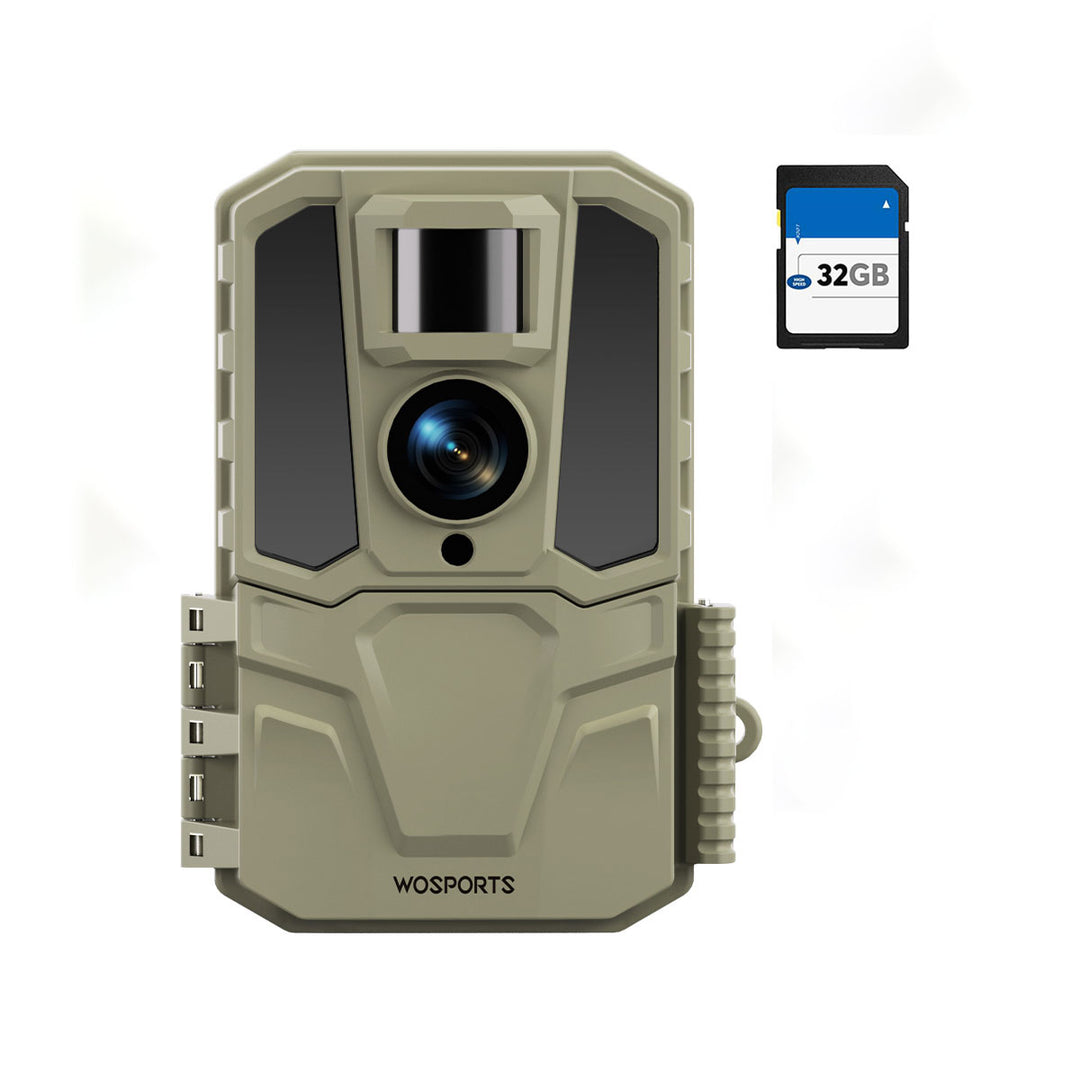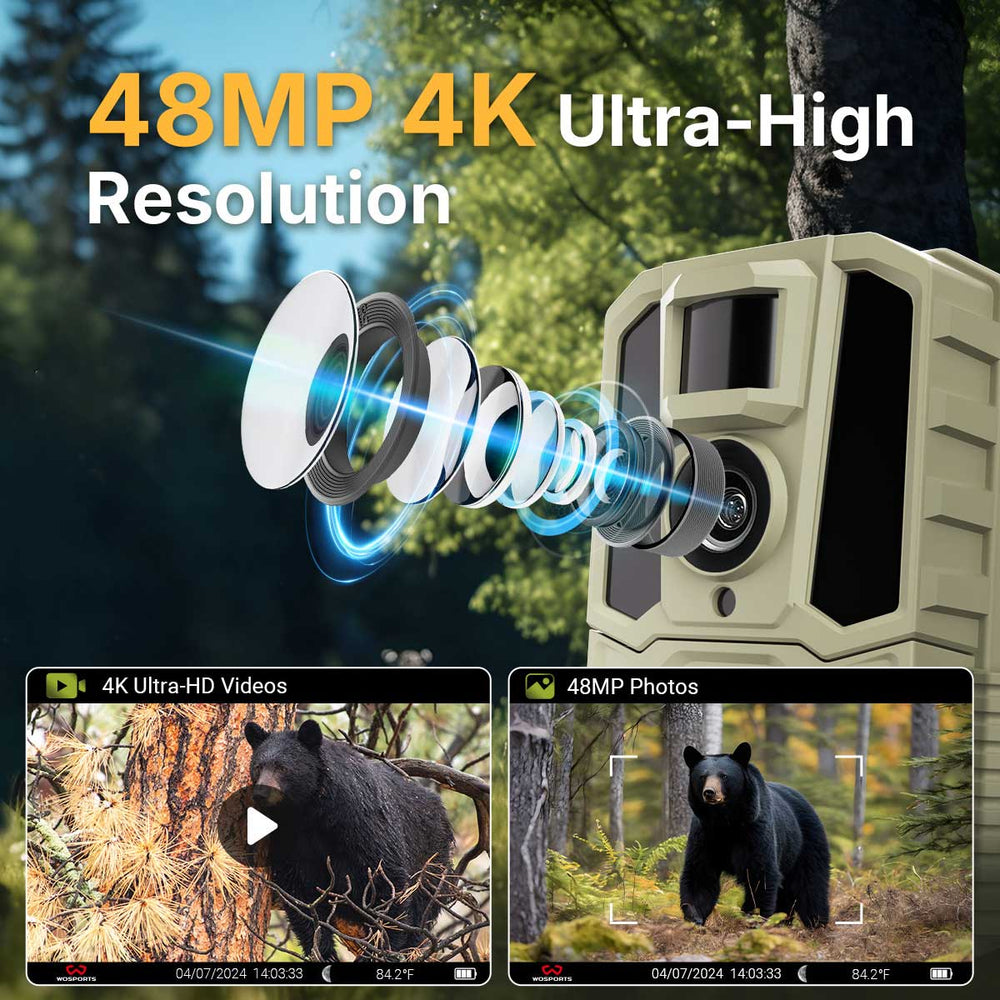How to Set Up Pre-Season Trail Cameras for Deer Scouting [2025 Guide]
Strategically placing trail cameras before the season opens allows you to pattern deer behavior, identify mature bucks, and make smarter stand placement decisions. In this guide, we’ll walk you through how to set up pre-season trail cameras effectively for deer scouting.
Understanding Deer Behavior in Pre-Season
Before you deploy your cameras, it’s critical to understand how deer behave in the summer and early fall. This allows you to predict movement and place cameras where they’ll capture the most valuable data.
- Feeding habits dominate — Bucks in summer are focused on calorie intake, often feeding heavily in the early morning and late evening.
- Bucks are still in bachelor groups, often using consistent paths from bedding to food sources.
- Velvet stage — Bucks are less aggressive and more tolerant of others during this period.
- Movement patterns are highly predictable — Deer follow the same routes day after day, making trail camera scouting highly effective.
Understanding these pre-season patterns helps you choose the best spots for early surveillance—before hunting pressure changes behavior.

How to Hide Your Trail Camera And Capture More Deers>>
How to Attract Deer in the Daytime>>
Pre-Season Trail Cameras: The Key to Tagging More Bucks This Fall
Pre-season scouting with trail cameras offers advantages you simply can’t get with in-person observation:
- 24/7 data collection with minimal intrusion
- Precise timing of deer movements by day/night/hour
- Reliable patterning of travel routes and feeding behavior
- Monitoring herd health and buck-to-doe ratios
- Less scent and pressure than frequent human scouting
Scouting before the season opens ensures you’re making informed decisions about stand placement and hunting strategy when it matters most.
When to Put Out Trail Cameras Before Hunting Season
Timing is Crucial: Timing your trail camera placement is key. Too early, and you may waste batteries and memory space. Too late, and you miss key patterns.
General rule: Mid-to-Late August is ideal for most regions. This is typically 4-6 weeks before your expected opening day.
Why This Timing?
Pattern Shift: Deer begin transitioning from summer (lush browse, water) to early fall patterns (acorns, ag fields, food plots).
Less Pressure: Minimal human disturbance in the woods compared to hunting season.
Bachelor Groups: Bucks are still in loose groups, allowing you to inventory multiple bucks at once.
Establishing Patterns: You can identify core areas and travel routes before hunting pressure scatters deer.
Velvet: Catch bucks still in velvet for beautiful photos and easier individual identification.

Best Trail Camera Placement Strategies for Pre-Season
Effective placement increases the odds of capturing quality, actionable data. Focus on:
1. Feeding Areas
Set cameras on the edge of crop fields, food plots, or browse lines. Position 15–20 feet off the trail, angled slightly downward.
2. Mineral Licks and Water Sources
These are perfect for early-season attraction and inventory, especially in hot weather.
3. Travel Corridors and Funnels
Place cameras in natural choke points—valleys, fencerows, saddles, or creek crossings between bedding and feeding areas.
4. Mock Scrapes (Late Summer)
Starting in late August, some mature bucks begin early scrape activity. Mock scrapes combined with scent drippers can attract dominant bucks.
Pro Tip: Use multiple cameras at the same location to capture multiple angles and both photo and video data.

How Often Should You Check Trail Cameras Pre-Season?
Overchecking is a common mistake. You want data—but not at the cost of pushing deer out of the area.
- Every 2–3 weeks is a good interval
- Check during midday hours (11 AM–2 PM) when deer are least active
- Always use scent control spray and gloves
- Better yet, use wireless cameras to avoid visiting the camera altogether
Pre-Season Trail Cameras Maintenance & Data Collection
Trail Camera Maintenance:
Batteries: Use high-quality Lithium batteries for longest life, especially in heat/cold. Check/replace every 4-8 weeks depending on settings and activity.
Memory Cards: Use high-capacity, high-speed cards (Class 10). Format them in the camera before each deployment.
Check Frequency: Every 2-4 weeks is ideal pre-season. Frequent checks disturb the area. Cellular cameras excel here, allowing remote checking.
Data Management:
Log Book/App: Record for EACH camera: Location, Date Set, Date Checked, Time of Day of Activity (AM/PM), Key Bucks Sighted, Weather Notes.
Organize Photos: Use folders by camera location and date. Delete blank/blurry images.
Analyze Patterns: Look for consistent times deer use specific trails to/from food/bedding. Identify individual bucks and note their core areas.
Best Trail Cameras for Pre-Season Scouting in 2025
WOSPORTS G600 Pro WiFi Trail Camera>>
- WiFi download without removing SD card
- 48MP images and 2K video
- 120-degree wide angle lens
- Ultra-Fast 0.1S trigger speed
- Solar-Powered continuous operation

WOSPORTS G100 Mini Trail Camera>>
- Compact, discreet, easy to hide
- Fast 0.3s trigger speed
- Extremely low power consumption in standby mode
- IP66 waterproof and durable design
- Excellent image quality at an affordable price

Still unsure? Use our WOSPORTS Trail Camera Chooser Guide for a personalized recommendation.
FAQs About Pre-Season Trail Cameras
Q1: When should I start scouting deer with trail cameras?
Begin 8–10 weeks before the season to observe natural summer movement.
Q2: Do deer notice trail cameras?
Sometimes. Use smaller cameras like the G100 Mini, avoid flashing LEDs, and camouflage your setup well.
Q3: What’s the best time of day to check my trail cameras?
Midday is ideal. Avoid mornings/evenings to reduce bumping deer.
Q4: Can I use bait for pre-season camera scouting?
It depends on local laws. Check your state’s regulations—some prohibit baiting outside of hunting season.
Q5: How many trail cameras do I need?
1 per 50–100 acres is a good start. For large properties, consider setting up a grid.
Request Bulk Trail Cameras Order Now →
Conclusion
By following these steps meticulously during the pre-season window, you'll gather invaluable intelligence on deer numbers, specific bucks, movement patterns, and preferred food sources, giving you a significant strategic advantage when hunting season arrives. Good luck!
Search
Popular Posts
Recent Posts

Nov 28, 2024
Troubleshooting Common Trail Camera Issues
Jan 10, 2025
Why Does My Trail Camera Stop Working at Night?

